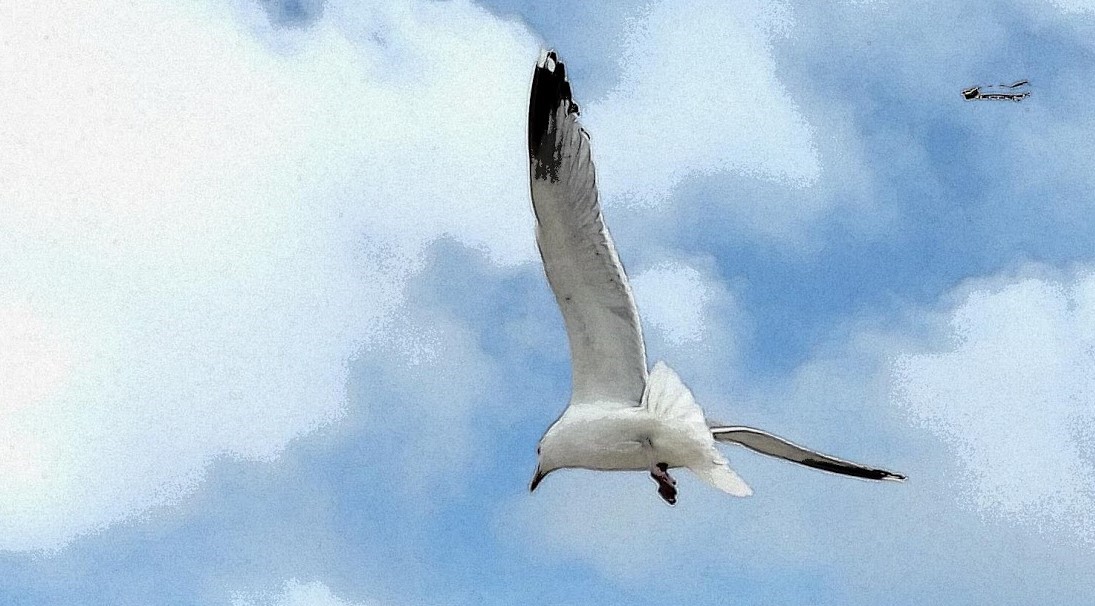
Maieusthesia: taking care of our deep inner wounds
The difficulties that we encounter are no dysfunctions that could simply be corrected or suppressed. To the contrary, they are precious links to something in ourselves that remained on hold in our personal or familial history. Following those links and bringing remediation at this place is the purpose of the maieusthetic therapy.
Maieusthesia is strongly based on feelings and sensations which - better than the intellect – can guide us towards a genuine encounter with ourselves.
A few ideas behind maieusthesia
All beings head towards integrity and the deployment of their potential.
In the case of extreme emotional experiences, cleavages might occur in our psyche in order to protect ourselves.
Symptoms are means by which a being is trying to reconnect with what has been cleaved and calls for attention.
The practitioner looks at the relevance of the patient’s experience, and not at dysfunctions that require correction.
Through his/her posture, the practitioner supports the integration of the parts that were cleaved.
A delicate and tactful process
An inner journey where determination and reasonings are replaced by a posture of greeting and acknowledgement.
Regarding material realizations (as for example studying, getting a job, preparing a meal, building a house, etc.) it is often useful to have a project, define a strategy, and put it into practice by concrete actions. Such an attitude however seems to be less efficient when it comes to states of being (e.g. being relaxed, sleeping well, keeping calm, not getting worried, being joyful, etc.). Determination and reasonings do not seem to allow influencing how we feel in a truly authentic and long-lasting way. With respect to our inner world, stakes are of a different nature and another attitude is required.
For the practitioner in maieusthesia, psychological and psychosomatic difficulties are regarded as precious connections guiding to something calling for attention within ourselves. Fighting symptoms is therefore not desirable. On the contrary, the idea is to delicately follow these connections and shed light upon what is at stake. In this process, determination and reasonings are replaced by a posture of greeting and acknowledgment. No energy is dedicated to the elimination of symptoms. We rather observe, when the therapeutic process is accomplished, that symptoms evolve or disappear by themselves as they have no reason to persist anymore.
Origin of the approach
Maieusthesia is an approach developed by a French practitioner named Thierry Tournebise. In his career Thierry Tournebise has worked as an independent psychopractitioner and as an educator for healthcare professionals. He has published many specialized books and articles and offers certifying formations in maieusthesia.
More info on www.maieusthesie.com
There is also an article in a French magazine with plenty of information.
Relation with other approaches
If the maieusthetic therapy includes distinctive aspects and new ideas, it has been inspired by existing approaches, among which are :
- Humanistic-existential psychology, based in particular on the works of Carl Rogers, Abraham Maslow and Carl Gustav Jung ;
- Focusing and body-oriented therapies (in the sense that the body and bodily sensations are actively taken into consideration in maieusthesia) ;
- Transgenerational and transpersonal dimensions, developed in particular in psychogenealogy and transpersonal psychology respectively.
What to expect during a session
Sessions take place in the form of exchanges during which the patient and the practitioner move together towards what calls the consciousness of the patient. Exploring feelings and putting those into words constitute a significant part of the sessions.
It is important to state that the patient is not brought to re-experience what could have been painful moments of his life. This would not be comfortable nor therapeutically desirable. The posture allows rather a delicate and respectful guidance which occurs often in the joy of what is discovered.
